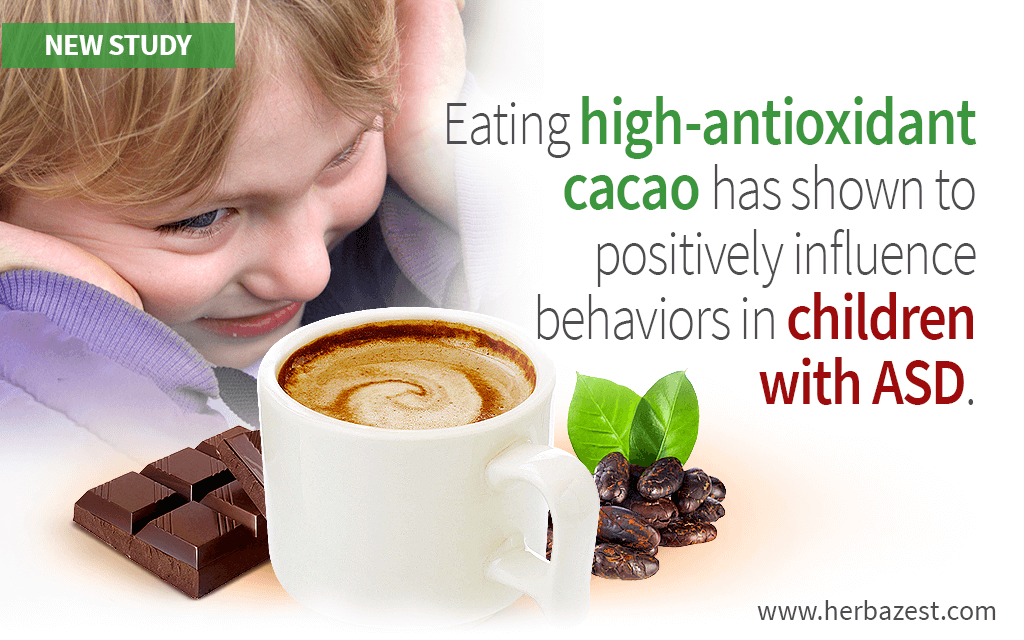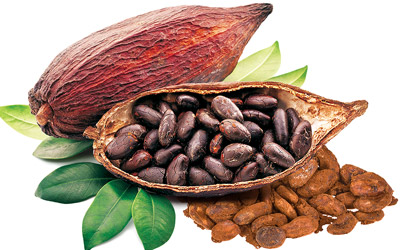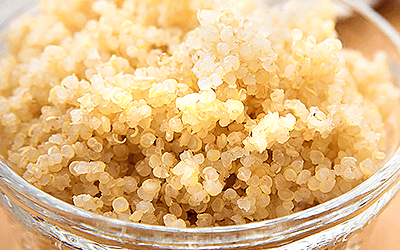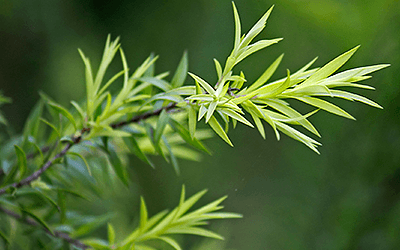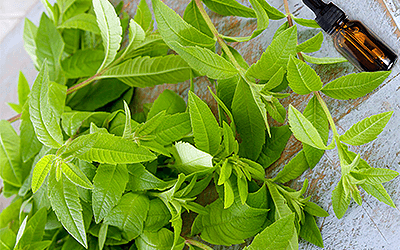Autism spectrum disorder (ASD) is a neurocognitive disorder of unknown origins. Besides various therapies aimed at improving self-regulation, communication skills, and other behavioral aspects, modern medicine offers just a handful of medications, none of which are free of side effects.
In individuals with ASD, there is an increased production of free radicals and diminished antioxidant function, leading to oxidative stress.1 As such, identifying antioxidant-rich foods, like cacao, may help reduce oxidative stress and improve ASD symptoms, thus improving quality of life.
The goal of this study was to examine the effects of high antioxidant cacao consumption on behavior in children with autism spectrum disorder.
The Study
This experimental pilot study was conducted by researchers from Loma Linda University in Loma Linda, California. The results were published in the 2018 edition of Integrative Medicine: A Clinician's Journal.
There were 17 children with ASD recruited for this study, aged 4 to 17. They consumed 8 squares (16 g) of dark chocolate per day (70% cacao and 30% organic cane sugar) for four weeks.
Behavioral assessments were performed by parents at baseline, after week 2, and after week 4, using the Aberrant Behavior Checklist (ABC) and the Autism Spectrum Rating Scale (ASRS).
The Results
Researchers observed significant improvements on the ABC scale, particularly in the areas of irritability, social withdrawal, stereotypic behavior, hyperactivity/non-compliance, and inappropriate speech.
Additionally, children showed substantial improvements on the ASRS, especially regarding unusual behavior, social/communication, self-regulation, and total scores.
No side effects or allergies were reported during the study.
What Does this Mean?
This study offers supporting evidence to previously conducted studies relating antioxidant intake to improved behavior in autistic children. Indeed, high antioxidant cacao consumption has shown to positively influence behaviors in children with ASD.
These results open the door to research on other antioxidant-rich foods that may become a simple, inexpensive, and - most importantly - healthy intervention for addressing behavioral symptoms in ASD and other neurocognitive disorders.
Other herbs with potent antioxidant abilities are blueberries, spinach, artichokes, and tomatoes.
Sources
- Integrative Medicine, A Pilot Study: Parent Perceptions of Behavior Change in Their Child with Autism Spectrum Disorders Following High Antioxidant Cacao Consumption, 2018
Footnotes:
- Redox Report. (2011). Urinary oxidative stress markers in children with autism. Retrieved November 12, 2020 from https://www.ncbi.nlm.nih.gov/pmc/articles/PMC6837661/
